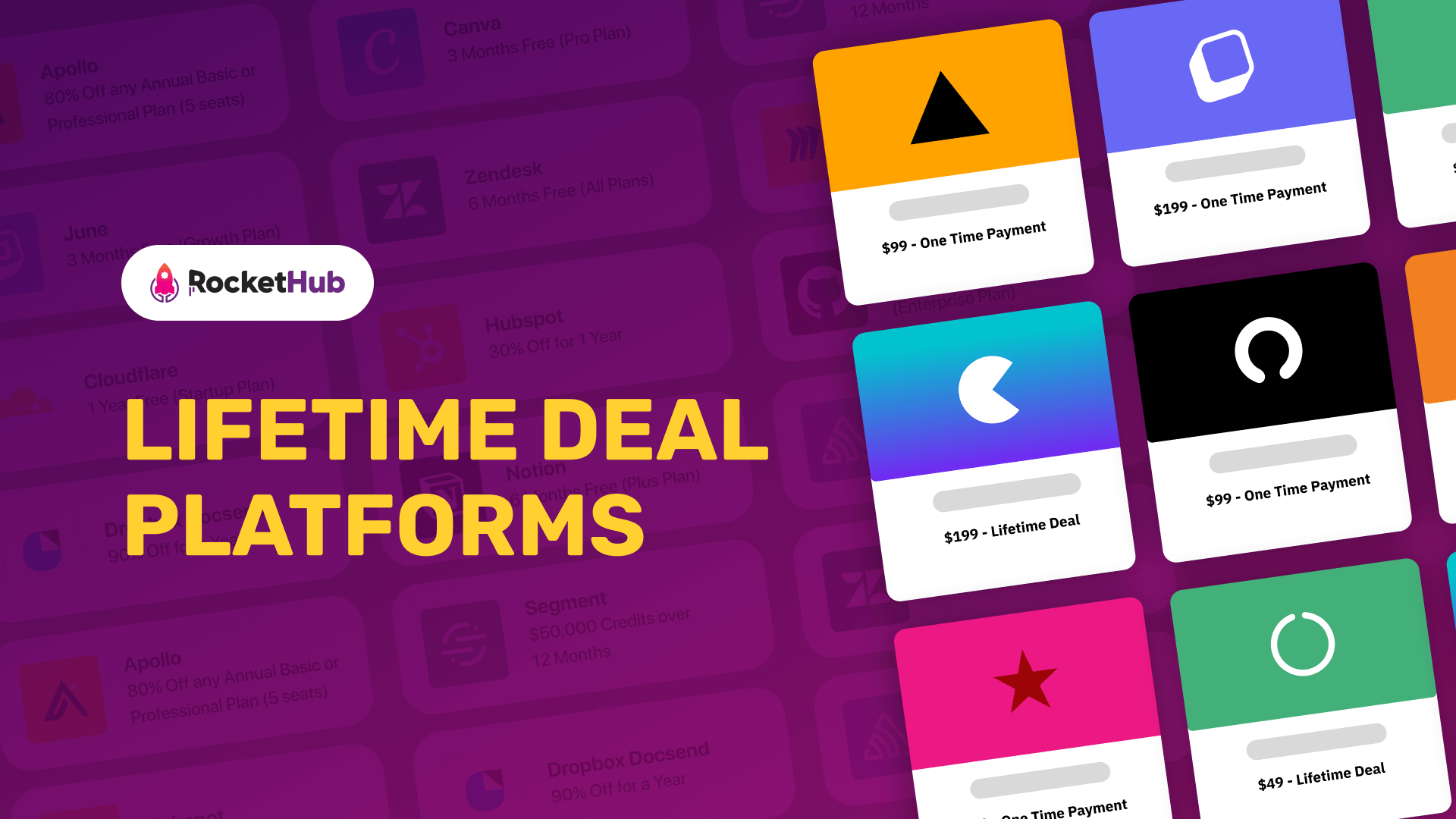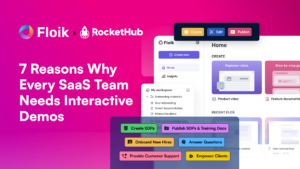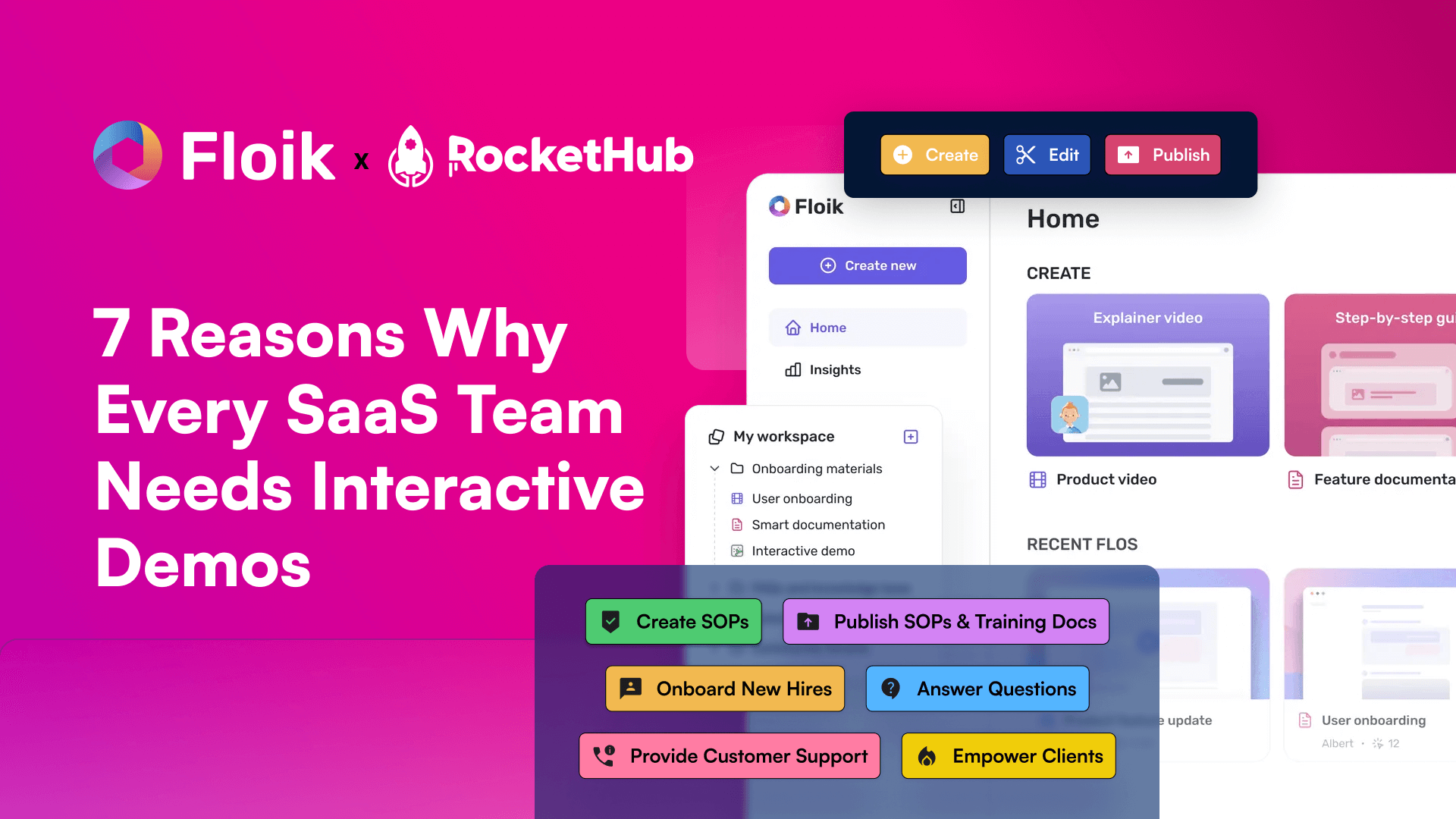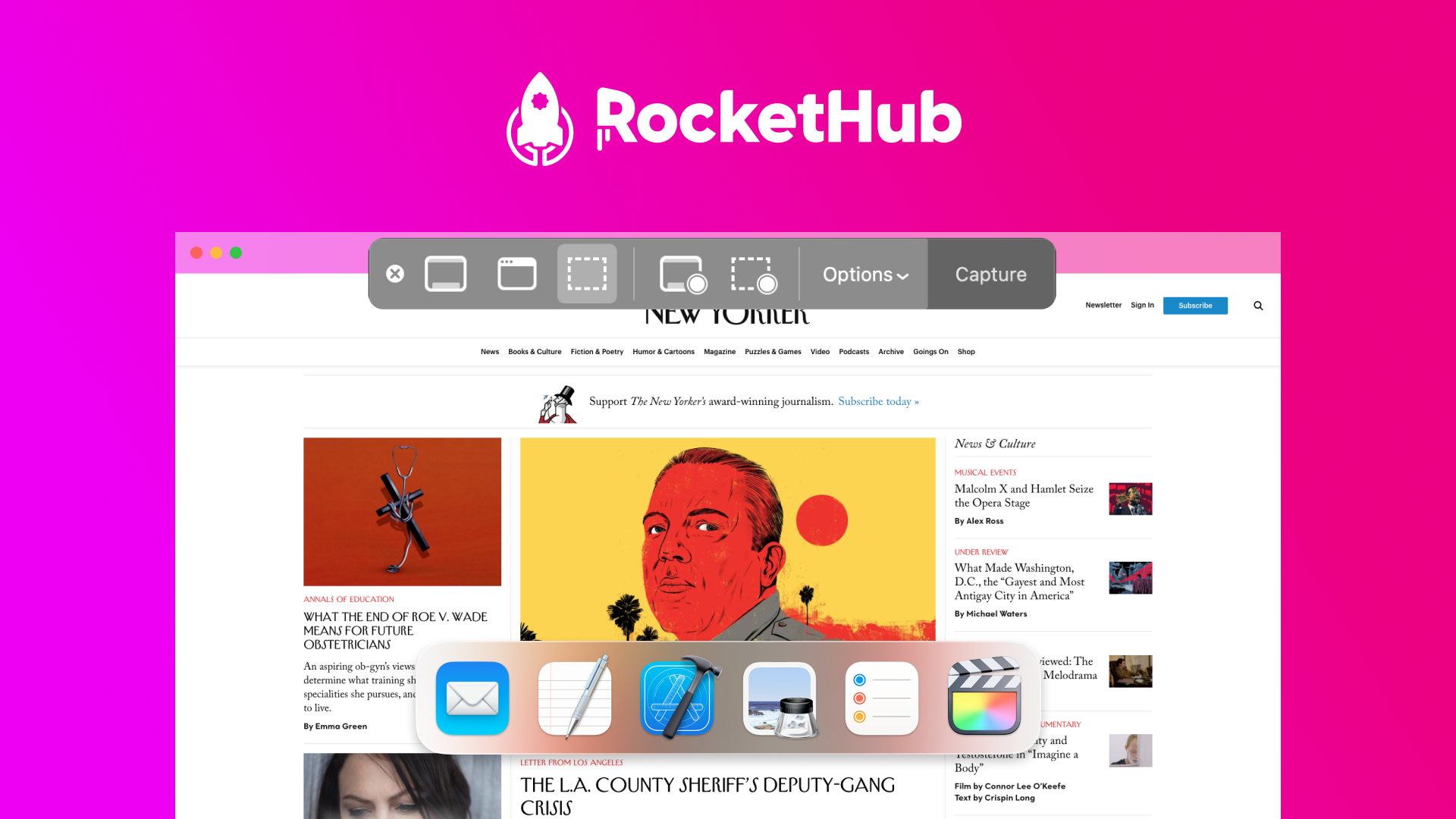
10 Tips for Maximizing Freelancing Website Conversions
- Angel Alfred
- May 15, 2023

Whether you’re just starting out on your freelancing journey or you’re a seasoned pro, improving your website’s conversion rates is crucial to your success. In this blog post, we’ll be sharing ten tips for maximizing your freelancing website conversions.
Importance of Freelancing Websites for Freelancers

Freelancing websites play a significant role in the modern gig economy, providing an essential platform for freelancers to connect with clients and offer their services. These online platforms have revolutionized the way freelancers find work, manage projects, and build their careers.
Here are some key reasons why freelancing websites are important for freelancers:
- Freelancing websites break down geographical barriers and open up opportunities for freelancers to work with clients from around the world. This global marketplace significantly expands the potential client base for freelancers, increasing their chances of finding high-quality projects and establishing long-term working relationships.
- These platforms provide a wide range of job opportunities across various industries and allow freelancers to build connections with potential clients and collaborators.
- Freelancing websites often incorporate review systems and rating mechanisms that enable freelancers to build a solid reputation based on client feedback and testimonials.
- Many freelancing websites offer integrated project management tools that facilitate efficient communication, file sharing, and progress tracking. These features simplify collaboration between freelancers and clients, ensuring smooth workflow and enhancing productivity.
- These platforms often offer reliable payment gateways and escrow systems that protect freelancers from payment disputes and ensure timely compensation for their work. This financial security and transparency eliminate concerns about non-payment or fraudulent clients, allowing freelancers to focus on their craft.
You may also like: 8 Benefits of Business Blogging
10 Tips for Maximizing Freelancing Website Conversions
From crafting compelling copy to optimizing your landing pages, we’ll cover all the key strategies you need to know to increase your website’s effectiveness. Let’s go!
1. Optimize Your Profile
Optimizing your profile is important for freelancers looking to make a strong impression on potential clients and increase their chances of securing projects.
Here are a few key strategies to help you optimize your profile effectively:
Use a Professional Profile Picture
A high-quality and professional profile picture is essential as it is often the first visual representation of you that potential clients see. Choose a clear and well-lit photo where you appear approachable and professional. Avoid using casual or overly personal pictures, as they may not convey the level of professionalism expected in a freelance setting.
Craft a Compelling Headline
Your headline is one of the first things that visitors to your profile will see, so it needs to grab their attention. Use concise and descriptive language to highlight your expertise, specialization, or unique selling proposition. Make it clear what you offer and why clients should choose you over other freelancers.
Write a Captivating Summary
Your profile summary should provide a concise yet compelling overview of your skills, experience, and what sets you apart. Use this section to showcase your expertise, highlight relevant accomplishments, and briefly mention the value you can provide to clients. Focus on the benefits clients can expect when working with you.
2. Choose the Right Keywords
Keywords are the search terms that clients use when looking for specific services or skills on freelancing websites.
Here are some key factors to consider when choosing the right keywords for your profile:
- The keywords you choose should be directly related to your skills, services, and industry. Think about the specific terms or phrases that clients would use when searching for freelancers with your expertise. Consider the different variations and synonyms that clients might use to describe what they need.
- Strike a balance between popular keywords and highly competitive ones. While using highly popular keywords can increase your visibility, it may also mean facing stiff competition from other freelancers. Look for keywords that are relevant and frequently searched for but not overly saturated with competition.
- Long-tail keywords are more specific and detailed phrases that target a niche audience. They typically have lower search volumes but higher conversion rates because they precisely match the client’s requirements.
3. Create an Eye-Catching Gig
Creating an eye-catching gig is important for attracting the attention of potential clients and standing out from the competition on freelancing websites.
Start by crafting a title that grabs attention and clearly communicates the essence of your gig. Use descriptive and captivating language that highlights the unique value you offer. Consider incorporating relevant keywords that clients are likely to search for to improve your gig’s visibility in search results.
In the gig description, clearly outline what you offer and how it benefits clients. Use persuasive language to explain how your skills, expertise, and approach set you apart from others in your field. Highlight the problem you solve or the goal you help clients achieve. Be concise, yet thorough, in providing all the necessary details about your service.
Visual elements are also very important for creating eye-catching gigs. Include high-quality images, videos, or infographics that showcase your work or provide visual representations of your services. Visuals help clients visualize the outcome they can expect and make your gig more engaging and memorable.
4. Display Social Proof
Displaying social proof is essential for building trust and credibility with potential clients. Social proof refers to evidence that others have had a positive experience working with you or using your services.
Here are some effective ways to display social proof in your freelancing profile:
- Client Testimonials: Reach out to previous clients and ask for feedback on their experience working with you. Request testimonials that highlight the value you provided, the quality of your work, and your professionalism. Display these testimonials prominently in your profile, either in a dedicated section or throughout your gig descriptions.
- Ratings and Reviews: Many freelancing websites provide rating and review systems. Encourage satisfied clients to leave a rating or review after completing a project with you. Positive ratings and reviews can serve as powerful social proof, as they demonstrate the satisfaction of previous clients and their endorsement of your services.
- Case Studies and Success Stories: Showcase specific projects or success stories where you delivered exceptional results for clients. Provide detailed descriptions of the challenges faced, the strategies employed, and the outcomes achieved. Highlight the specific benefits and improvements your work brought to the client’s business or project.
- Certifications and Qualifications: Display any relevant certifications, qualifications, or industry memberships that validate your expertise. These credentials serve as tangible proof of your skills and professionalism, boosting your credibility in the eyes of potential clients.
- Portfolio and Work Samples: Share examples of your previous work to demonstrate your capabilities and the quality of your output. Include a diverse range of projects that highlight your skills and expertise in different areas. Visuals, such as images or links to live websites or published content, can provide tangible evidence of your abilities.
5. Utilize High-Quality Visuals
Utilizing high-quality visuals is crucial for creating an engaging and visually appealing freelancing profile or gig.
When presenting your portfolio or examples of your work, ensure that you use professional images or videos that accurately represent the quality of your services. High-resolution visuals that highlight the details and craftsmanship of your work will leave a lasting impression on potential clients.
If applicable, consider using before-and-after visuals to showcase the transformation or impact of your services.
You can also capture attention with visually appealing thumbnails or banners. In a crowded marketplace, it’s important to capture the attention of potential clients quickly. Use visually appealing thumbnails or banners that stand out and effectively represent your services.
Check out Bourn Creative by Jennifer and Brian Bourn for example.
Consider using eye-catching colors, typography, or graphics that align with your brand and create a cohesive visual identity. These elements can help you differentiate your profile or gig and make it more memorable.
Ensure images are optimized for fast loading times. The large image or video files can slow down the loading speed of your profile or gig, potentially leading to user frustration and increased bounce rates. Compress your visuals without compromising their quality to ensure quick loading times.
Additionally, check the specifications and recommended image or video formats provided by the freelancing platform you’re using to ensure compatibility and optimal display.
Remember, high-quality visuals not only make your profile or gig visually appealing but also convey professionalism and attention to detail. They can significantly impact how potential clients perceive your work and may influence their decision to choose you over other freelancers.
6. Craft Compelling Proposals
Crafting compelling proposals is essential for freelancers to win projects and stand out from the competition.
Avoid using generic templates or cookie-cutter proposals. Take the time to understand the specific requirements and preferences of each client. Personalize your proposals by addressing the client by name and referencing details from their project description.
This shows that you have invested effort in understanding their needs and are genuinely interested in working with them.
Show that you have carefully read and comprehended the project details. Summarize the client’s objectives, challenges, or pain points to demonstrate your understanding. Clearly outline how your skills and expertise align with their specific needs. This establishes trust and confidence in your ability to deliver the desired outcomes.
Highlight your past experience and expertise that directly relates to the client’s project. Provide specific examples or case studies that demonstrate your ability to handle similar projects successfully. Share relevant achievements, outcomes, or client testimonials that reinforce your credibility and prove that you can deliver results.
You can also include a clear and competitive pricing structure: Clearly state your pricing structure and break down the cost of your services. Be transparent about what is included in your pricing and any additional fees or milestones.
Consider offering different pricing options or packages to cater to varying client budgets and needs. While you want to be competitive, ensure that your pricing reflects the value you provide and is aligned with industry standards.
7. Respond Promptly and Professionally
Responding promptly and professionally to client inquiries and messages is crucial for maintaining a positive reputation as a freelancer. Here are some key tips to help you handle your communication effectively:
Utilize the notification settings provided by freelancing platforms or communication tools to receive alerts whenever you receive new messages or inquiries. This ensures that you stay informed and can respond promptly, even when you’re not actively checking your messages.
Respond to inquiries and messages in a timely manner. Aim to respond to client inquiries and messages as quickly as possible. Prompt responses demonstrate your professionalism, reliability, and dedication to providing excellent customer service.
Even if you’re unable to provide a complete response immediately, acknowledge the message and inform the client that you’ll get back to them with a more detailed answer or solution.
When communicating with clients, always maintain a professional and friendly tone. Use proper grammar, spelling, and punctuation to convey competence and attention to detail. Address clients respectfully, using appropriate salutations and language. Avoid jargon or technical terms that may confuse clients and instead explain concepts in a clear and accessible manner.
Listen actively to their needs and concerns. Take the time to understand their requirements and ask clarifying questions if needed. By demonstrating that you’re genuinely interested in their project and committed to meeting their expectations, you build trust and foster a positive client-freelancer relationship.
8. Build a Strong Freelancer Brand
Building a strong freelancer brand is essential for standing out in a competitive market and attracting clients.
Here are some key strategies to help you establish a robust freelancer brand:
- Strive for excellence in every project you undertake, exceeding client expectations whenever possible. Consistency builds trust and credibility, leading to repeat business and positive referrals.
- Aim to go above and beyond in addressing client concerns and resolving issues promptly. Exceptional customer service builds long-term relationships and fosters a positive brand image.
- Actively manage your online presence by monitoring and responding to client reviews and comments. Engage in professional online communities and forums, contributing value and showcasing your expertise.
- Maintain a professional and consistent brand image across your website, social media profiles, and freelancing platforms. Use consistent branding elements such as logos, color schemes, and taglines to create a cohesive brand identity.
9. Actively Seek and Implement Feedback
Actively seeking and implementing feedback is crucial for growth and improvement as a freelancer. Constructive feedback from clients can provide valuable insights into your strengths and areas that need improvement.
Here are some key steps to actively seek and implement feedback:
At the conclusion of each project, proactively ask clients for feedback. Provide a clear and simple feedback process, such as a questionnaire or a request for a written review. Express your genuine interest in receiving feedback to understand their perspective and enhance your future performance.
Pay attention to specific suggestions or constructive criticism regarding your communication, quality of work, timeliness, or any other relevant factors. Maintain an open mindset and consider feedback as an opportunity for growth.
Actively implement changes and adjustments based on the insights gained. Focus on the areas identified for improvement and develop an action plan to address them.
For example, if clients consistently mention a need for clearer communication, take steps to enhance your communication skills and establish better systems for keeping clients informed.
In addition to client feedback, seek input from colleagues and peers in your industry. Join professional networks, attend industry events, and participate in forums or online communities where you can connect with fellow freelancers.
Seek their perspectives on your work and exchange feedback to gain valuable insights from others in your field.
10. Offer a Money-back Guarantee or Satisfaction Policy
Offering a money-back guarantee or satisfaction policy can be a powerful way to instill confidence in potential clients and differentiate yourself from other freelancers.
Here are some key considerations and steps to implement such a policy effectively:
- Specify the circumstances under which a client can request a refund or invoke the policy. For example, it could be dissatisfaction with the final product or failure to meet agreed-upon milestones. Make sure the terms are reasonable and fair to both parties.
- Transparently communicate the steps involved in requesting a refund or utilizing the policy, ensuring clients have clear expectations from the outset.
- This helps avoid potential misunderstandings or abuse of the policy. Be transparent about what your guarantee covers and what it does not.
- Provide a dedicated channel for clients to express their dissatisfaction and offer an opportunity to address their concerns before they consider invoking the money-back guarantee. This demonstrates your dedication to client satisfaction and your willingness to go the extra mile to make things right.
- Seek feedback on what aspects of your service fell short of expectations and use that feedback to refine your processes, enhance your skills, or address any gaps in your service offering. Actively implementing improvements based on feedback can help prevent similar issues in the future.
Wrapping Up
implementing these 10 tips for maximizing freelancing website conversions can help you attract more clients and increase your earnings as a freelancer. By optimizing your website for conversions, you can build trust with potential clients, showcase your skills and services, and make it easy for clients to hire you. Remember to constantly monitor and test your website’s performance, and adjust your strategy accordingly.
Share This Post
Angel Alfred
Angel is a digital marketer, a mental health speaker, and above all, a writer. She loves being a part of the RocketHub team and is keen on learning and taking over new challenges every day!
Table of Contents
Get The Latest Updates
Subscribe To Our Weekly Newsletter
Sign up below to be one of the first crew members onboard and get early access to amazing deals.
Recent Posts


Social Media
Categories
Related Posts

Lifetime Deal Platforms
The best lifetime deal platforms for software. Platforms lik RocketHub scour the web for the highest quality products to bring buyers the best lifetime deals on their platform.

How to Work for Yourself + 13 Solo Business Ideas
Do you ever wonder if being your own boss could truly set you free? In this article, we’ll explore the theory that unleashing entrepreneurial freedom

7 Reasons Why Every SaaS Team Needs Interactive Demos
Making a Case for Interactive Demos: 7 Reasons Why Every SaaS Team Needs Them Let me paint a scenario for you. You want to buy


